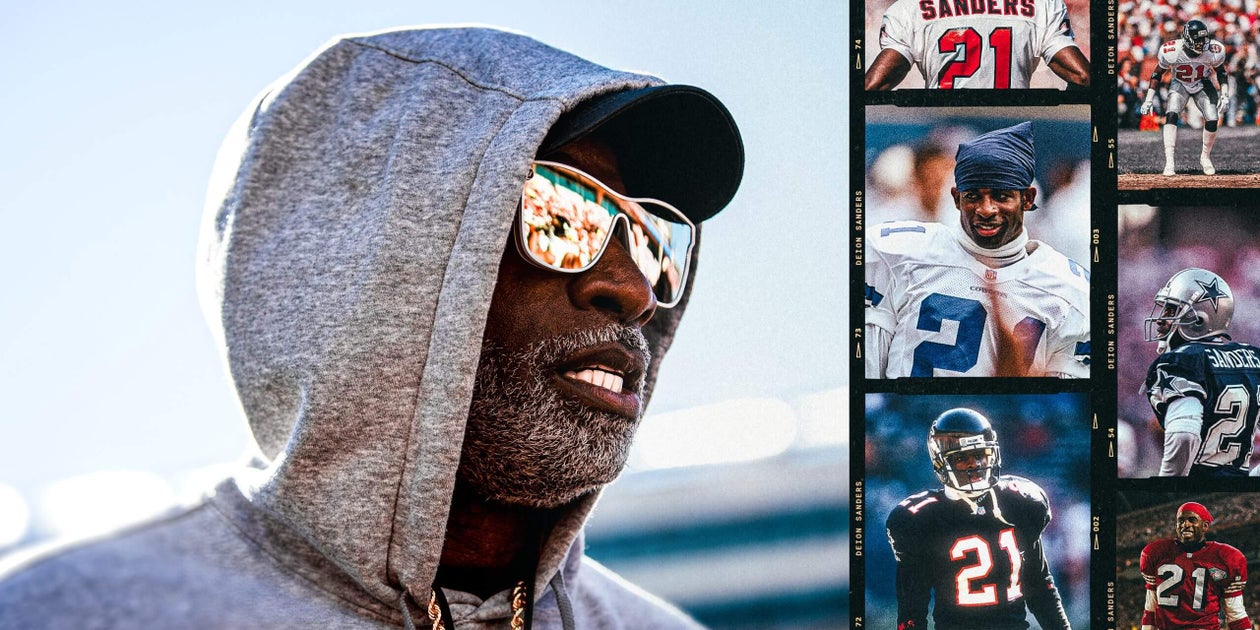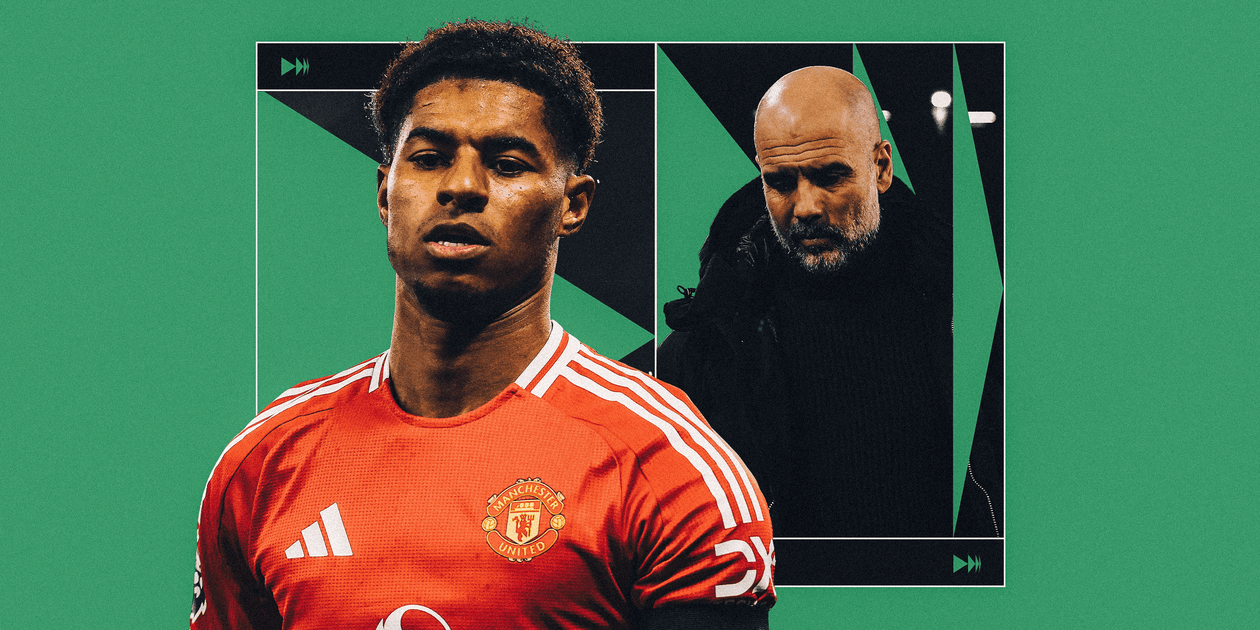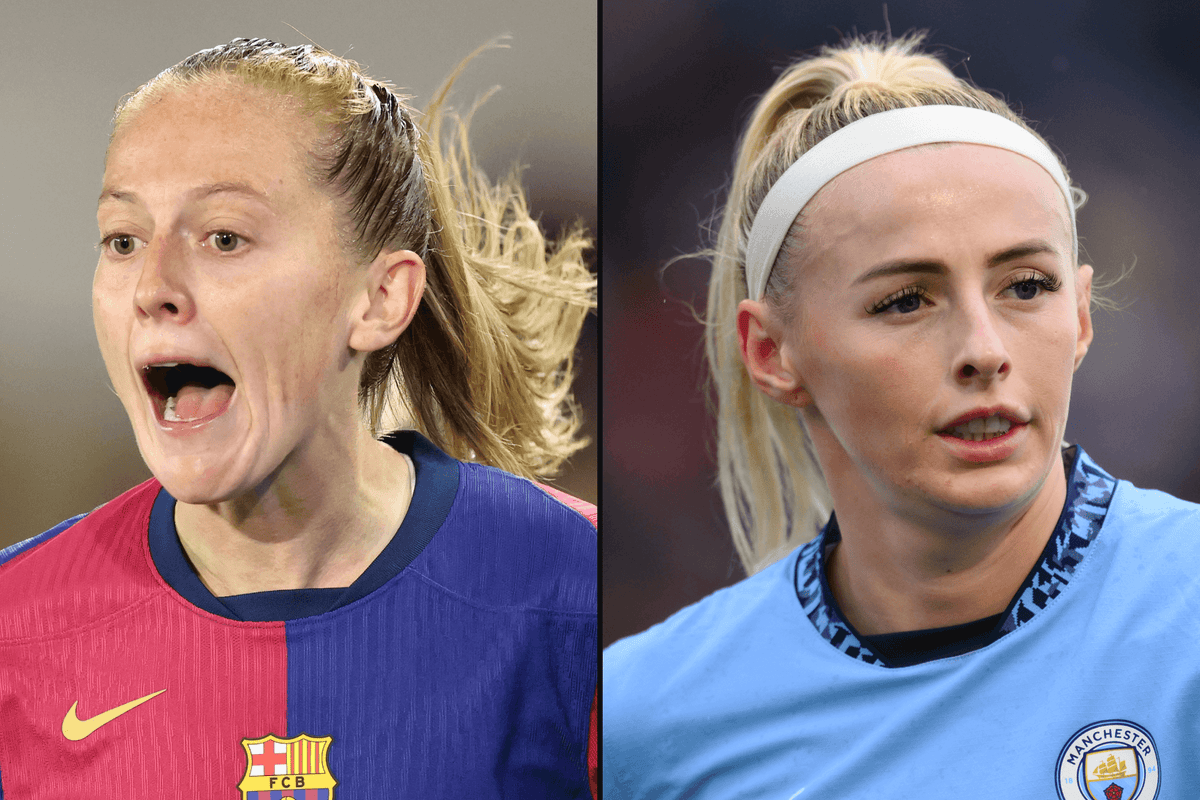“It’s too early!”
Yes, I hear you. Two games into the season is, indeed, early.
Nonetheless, it’s what we have to work with. And with several new key pieces in place, including a new coach, we’ll try and discern as much as we can after two games by the Toronto Maple Leafs to start the 2024-25 season.
1. Lorentz is pretty, pretty good
Did not anticipate writing about the fourth-line winger who came to camp on a PTO and had only three points last season.
But you’d be hard-pressed to ignore what Steven Lorentz did in his first games with his favourite club. A goal and an assist, to lead the team in scoring. He also has a share of the lead in hits and six shots on goal.
Not bad for 12:05 in ice time averaged between the first two games.
Lorentz is 28, but he’s been a late bloomer all the way along. He was drafted in the 12th round into the OHL, and it wasn’t until his third junior season that he crossed even the 40-point barrier with the Peterborough Petes.
The Carolina Hurricanes drafted Lorentz with a flier of a seventh-round pick in 2015, when he was already 19 and had passed through the draft once. Four years later, he was one of the top scorers on the AHL Charlotte Checkers. The next season he was a regular NHLer, and even played in all 11 playoff games for the Hurricanes.
Carolina dealt Lorentz as part of the trade to get Brent Burns from San Jose, which — fair enough.
He’s never shown big-time offensive skill really at any significant level, but his story (and his game) reminds me a bit of Bobby McMann, another 28-year-old who didn’t break through until late.
And his defensive impacts have always been there.
Hard to ask for much more for $775,000.
And it was eye-opening how much Craig Berube played him late in the New Jersey game, both on the penalty kill and when trying to close out the win.
The home province hero angle is a fun one, as well. This is from his sister after his big game winner on Thursday:
15 years ago, this year… don’t give up on your dreams, kids pic.twitter.com/7FYJR2cPqb
— Steph Lorentz (@_stephlorentz) October 11, 2024
2. The new blue line > the ol’ blue line
The Leafs’ defensive impacts are all improved so far — and among the best in the league.
They’re giving up six fewer shots against per 60 minutes at even strength so far compared to last year. And 0.59 fewer expected goals per 60, which would be a massive jump. (Their current 1.97 xGA/60 would have ranked first in the NHL last season.)
Now, they faced rebuilding Montreal and a New Jersey team that foreseeably could have still been jetlagged after their European adventure. But still.
One of the lines leading the way in shot and chance suppression so far is the fourth line, with Lorentz, David Kämpf and either Ryan Reaves or McMann. Which is a great development given the fourth trio has been lacking for years in Toronto.
But the biggest driver of the defensive improvement has been Chris Tanev, who has posted a ridiculous 80 percent mark in expected goals and has allowed hardly anything threatening to get to his goaltenders so far.
Oliver Ekman-Larsson and Max Pacioretty are also on the shot/goal suppression leaderboard, so that’s basically every newcomer making a significant impact defensively at this point.
No wonder Sheldon Keefe is jealous impressed.
Sheldon Keefe: “I got nothing but love & respect to the people on the other side … I do think the team is in a really good place. Love the moves that Tree made in the off-season. The team is as good as it’s ever been & I wish them nothing but the best”
— Mark Masters (@markhmasters) October 10, 2024
3. PP1 isn’t going to last long
I’ve only marked down two real significant negatives after two games.
One, Joseph Woll’s injury, and what it might mean for his season and the Leafs’ goaltending situation.
Two, the power play is still having a power outage.
Berube has been playing PP2 more than what we saw last year; the split appears to be close to 60-40 so far. So that’s a start. But the big guys need to get going, and it’s hard not to think they need to change the starting five given how many times the Core Four plus Rielly has faltered at the most important times of the season.
The easiest change would be to put OEL in there and add a shot threat from the point. (He’s already racked up six shots through two games.)
But I personally would like to see someone like Max Domi get a chance on a top unit with Auston Matthews, but it’s a bit tricky who you move off the unit. John Tavares is one option, although he’s the team’s best faceoff man and a natural fit to put at the net; you can’t exactly replace those elements one-for-one with Domi, even if Matthews is strong enough on the draws to take that role.
Moving William Nylander off the unit takes away a right-handed shot threat; the only other forwards who shoot right on the entire team right now are Reaves and Mitch Marner, and Marner’s rarely a big one-time threat on the PP.
Other than swapping out the defenceman, this is probably going to be a tricky puzzle for new assistant coach Marc Savard to sort through. Which is probably why they should start testing out some new looks, ASAP.
4. Berube’s deployment marks a shift
A few small deployment things that I thought have been interesting …
So far, it’s been the OEL-McCabe pairing that has handled more of the defensive-zone draws on the back end. The Rielly-Tanev pair has been getting close to 60 percent of its zone starts in the offensive zone, compared to around 40 percent for the second unit.
That OEL-McCabe is showing they can handle those assignments, and taking on important minutes against a player like Jack Hughes on Thursday, is a pretty good development. (They played about seven minutes against Hughes, compared to only four for Rielly-Tanev.)
Berube has also been stuffing the fourth line in the defensive zone a ton, which is going to free up the scoring lines to do more damage at the other end of the ice. That’s not entirely new. What’s different, however, is the results.
Kämpf’s lines, for example, had 29 percent zone starts last season and the Leafs had only 44 percent of the expected goals in those minutes.
This year, his minutes are at 20 percent zone starts with 87 percent of the expected goals.
Having Lorentz and McMann, two big guys who can move and check, on the wings is only going to help that line.
5. Way-too-many penalties
Yeah, probably not much more that needs to be said here.
This could well be the result of Berube asking for amped-up physicality, and it manifesting in a negative way. Interestingly, though, the Leafs are actually hitting less than a year ago so far, including having just 11 recorded against the Devils.
The only advantage to the fact they’ve been short-handed 10 times already is that we’ve had a lot of looks at the redesigned penalty kill.
Using the eye test, the Leafs’ new PK units have seemed fine, but the numbers point to a slight step back from a year ago so far, perhaps because they’ve had to kill so often (and in back-to-back games).
Berube has been leaning most heavily on a top unit of Lorentz-Holmberg-McCabe-Tanev and a second group of Matthews-Marner-Benoit-Timmins, with additional minutes filtered out to Kämpf, Matthews Knies and OEL.
Conor Timmins stands out as being at the bottom of a lot of the shot and chance metrics and might be miscast there, if they’re going to make an early change.
6. Kämpf on the outs?
Kämpf not being the go-to centre on the PK is a curious development. It’s not that he hasn’t played there at all (there’s been a 3:52 split over the two games), but the fact he’s rolled out only sporadically has led to some speculation that he could be the player on the outs.
Now, if Lorentz is going to play this well, while making less than a third of what Kämpf does against the cap, that’s going to obviously create some food for thought at the bottom of the lineup. Plus Holmberg and the currently injured Connor Dewar can give them good minutes on the fourth line and PK, too.
Maybe you do move Kämpf at some point. Timothy Liljegren still remains candidate No. 1, and his $3 million cap hit would free up a lot of the necessary room to bring players off of LTIR, but the Leafs are so far over that moving more than one salary could make a lot of sense.
As I wrote earlier in the week, Toronto’s salary-cap situation and logjam of players should create a lot of healthy competition in this first month of the season. That’s certainly been evident on the ice through two games, with the Leafs’ effort level — especially from the supporting cast — being very noticeable.
(Photo of Steven Lorentz celebrating after scoring a goal: Mitchell Leff / Getty Images)















Leave a Reply